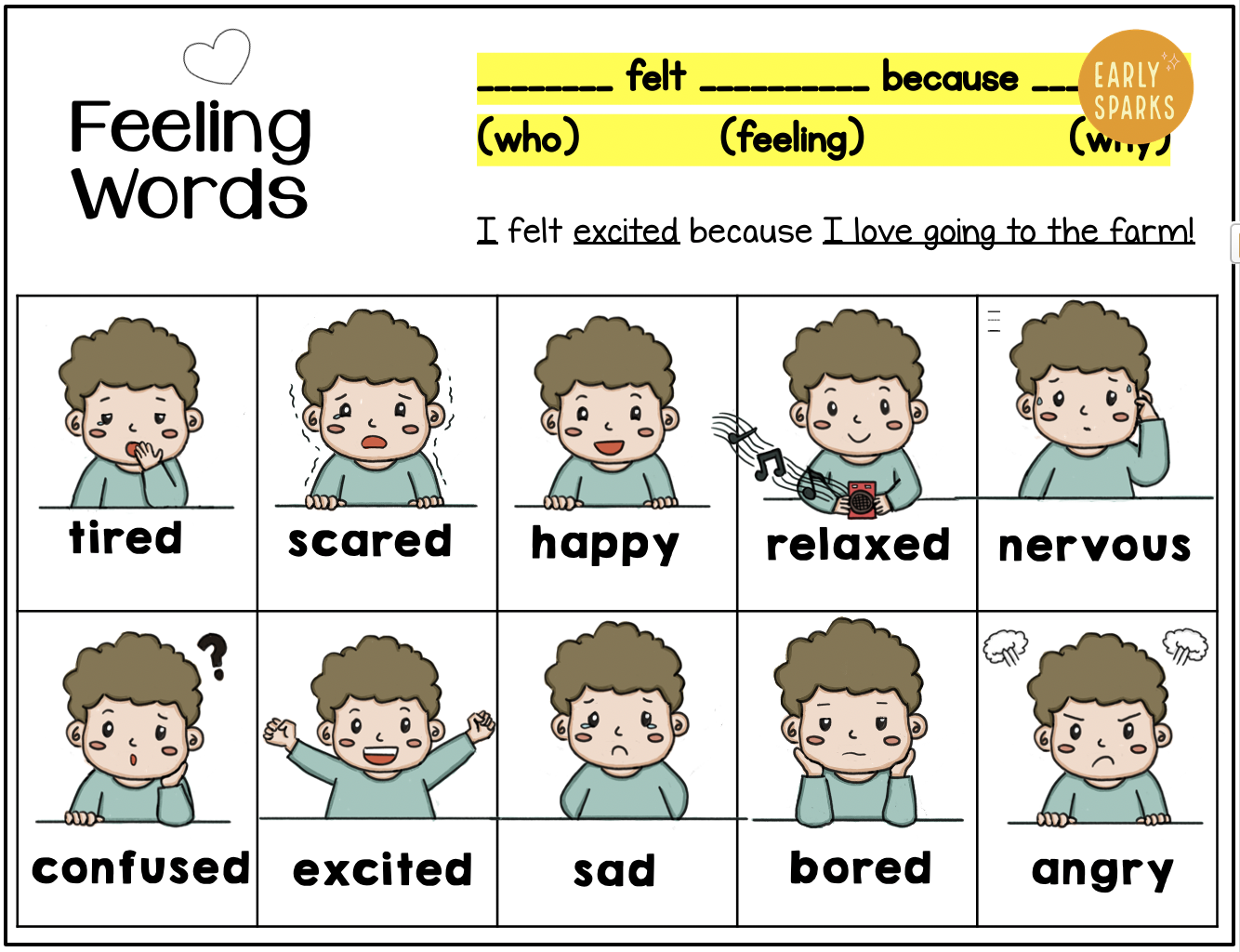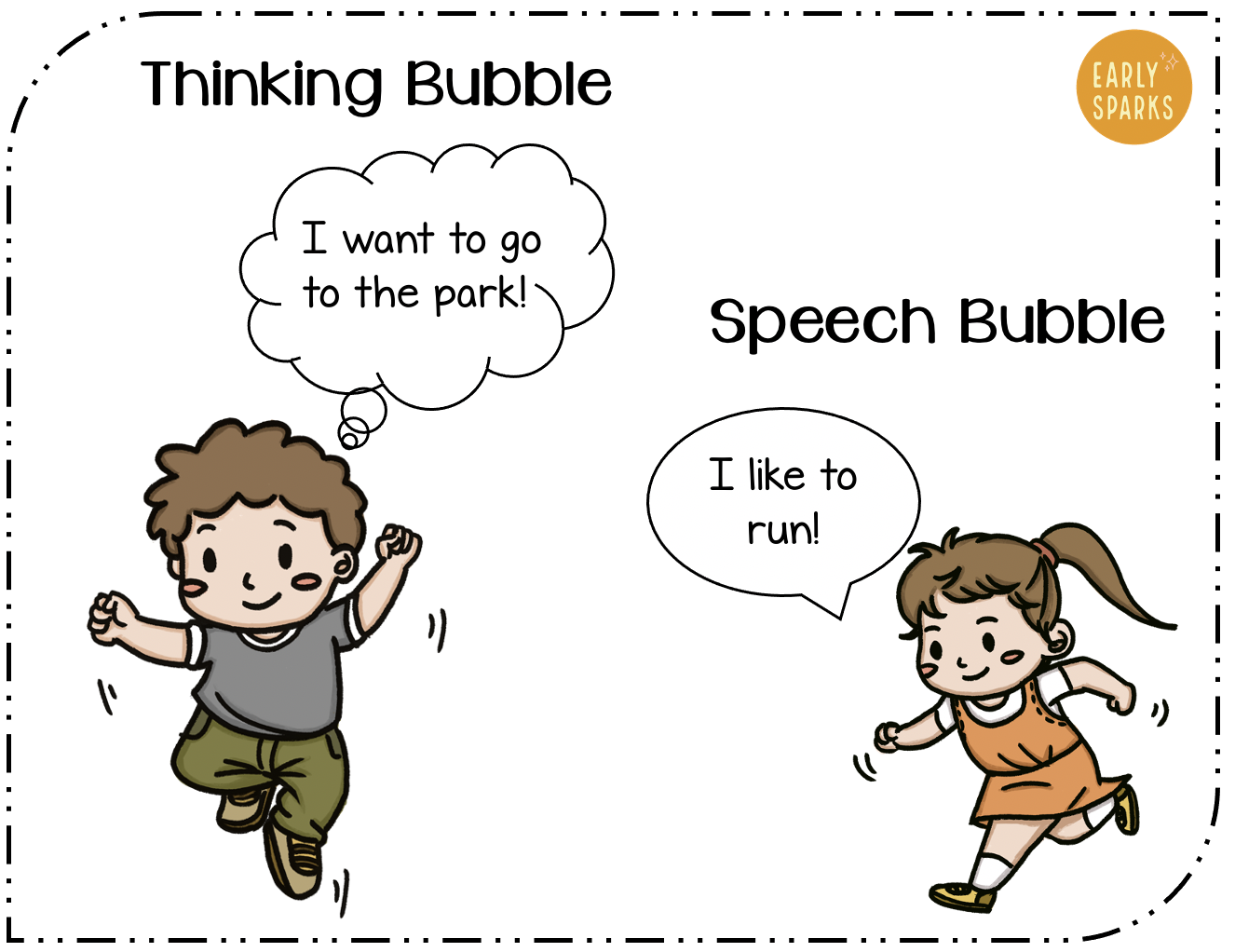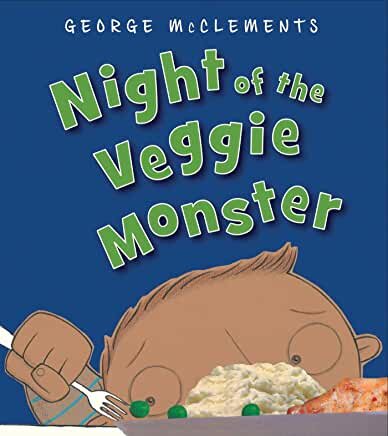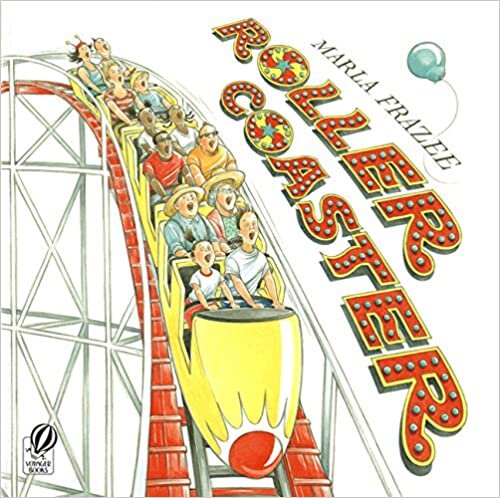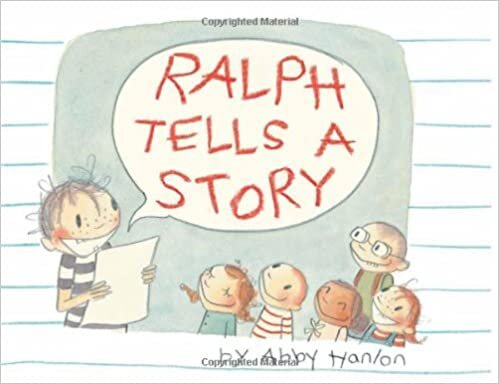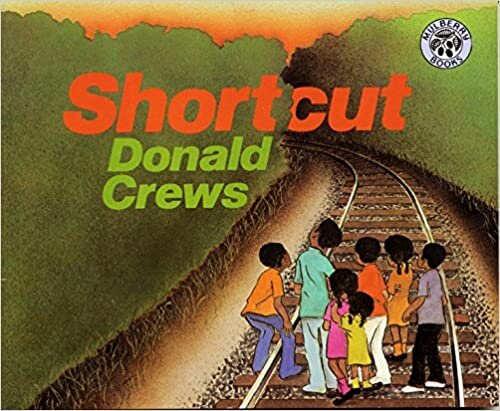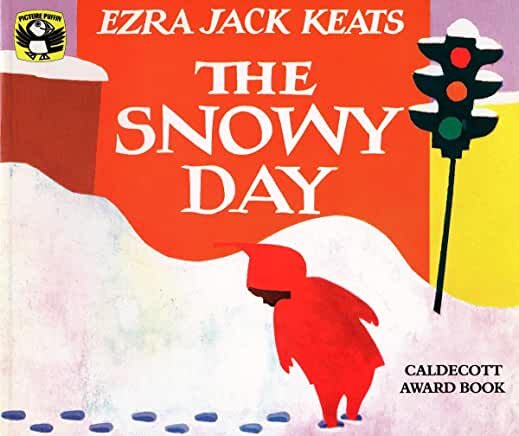Teaching How to Add More Details in K-2 Personal Narratives
If I put a penny in a jar every time I told my students to add more details to their writing, I would be a millionaire in no time!
My students also love to tell each other “You need to add more details to make your writing better” during peer-assessment. “Add more details” is the most common feedback given by teachers during writing sessions. (The second one is “Make sure you go back to reread your sentence.”)
However, if we put ourselves into our students’ shoes, adding more details is such a vague and abstract direction. What is a detail? How can I add more details?
Let’s use the second grade Common Core Writing Standard as an example:
Write narratives in which they recount a well-elaborated event or short sequence of events, include details to describe actions, thoughts, and feelings, use temporal words to signal event order, and provide a sense of closure.
According to the CCSS, details in narrative writing are descriptions of the characters’ actions, thoughts and feelings.
1. Actions
Show your students the two examples below and ask them which story about trick-or-treating sounds more interesting, and what makes the story more interesting. You will probably hear answers like “The second one, because it has more details”.
Do not let their thinking stop there! Keep asking, “What do you mean the second one has more details?” You will want to guide them through the thinking process so they can figure it themselves - because the second one described more smaller actions of the characters by using action verbs such as knocked, said, opened, etc.
This inductive teaching approach not only makes your lesson student-centered, but also engages students to participate into the discussions and pushes them to use their critical thinking to figure out the rule.
2. Feelings
If you’re teaching Social and Emotional Learning (SEL) lessons every day, your students will be very familiar with these feeling words. Always reiterate in your lessons and remind your students to use the word because. When they answer a question, push them to say more by asking why and reminding them to use because.
If you’re an English as a New Language teacher, or you have some English Language Learners in your class, the sentence structure (who) felt (feeling) because (why) . will be your language objective (also known as linguistic demands). Click here to learn more about content objectives and language objectives for second grade personal narrative unit.
3. Thoughts
Characters in narrative writings express their thoughts in two ways. They were thinking about something, or they said something. Ask students to recall what s/he was thinking and what s/he said in the story, and add the thinking bubbles and speech bubbles in the writing piece.
This lesson could be followed up by a “How-to write dialogue“ lesson. The Lesson plan and individual checklist are included in our K-2 Personal Narrative Writing Packet.
Check our teacher-created K-2 Personal Narrative Writing Packet for everything you’ll need for a Personal Narrative Unit:
Four-week-long pacing calendar with teaching point and standards for every day
Various anchor charts with visual supports and examples for English Language Learners and Students with Disabilities
Differentiated checklists that students can use for self-or-peer evaluation
2 color-coded Writing samples
10 Writing prompts with visuals and lines
Great Mentor Texts for Personal Narrative Writing Unit:


